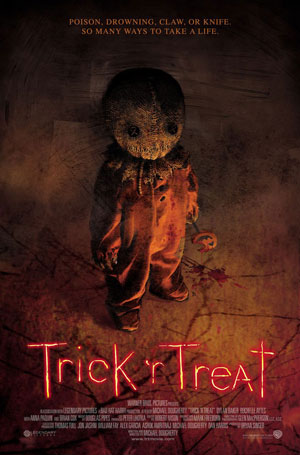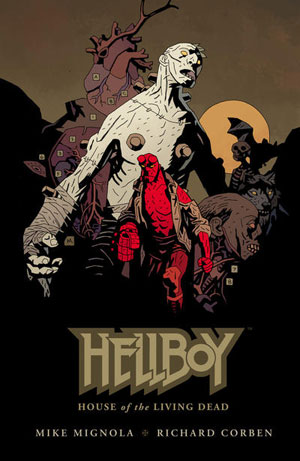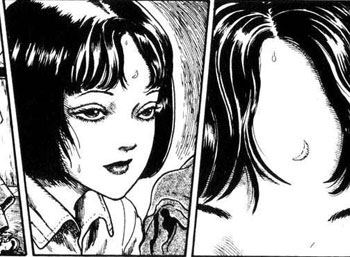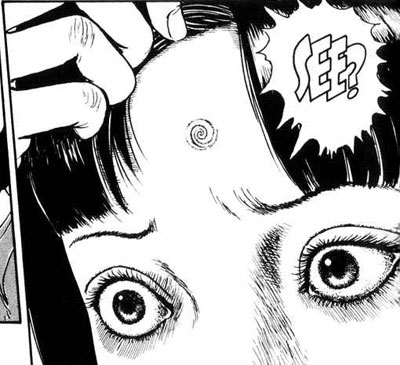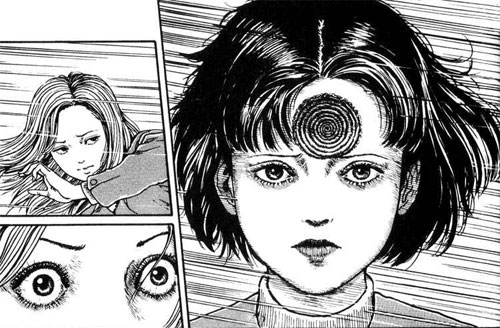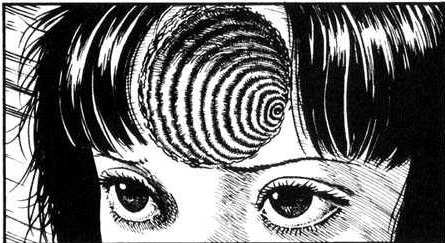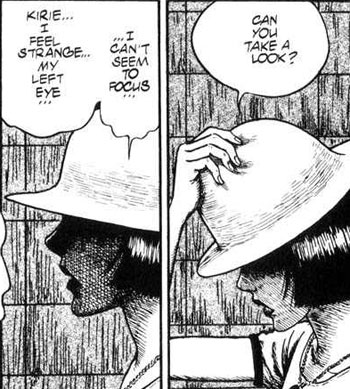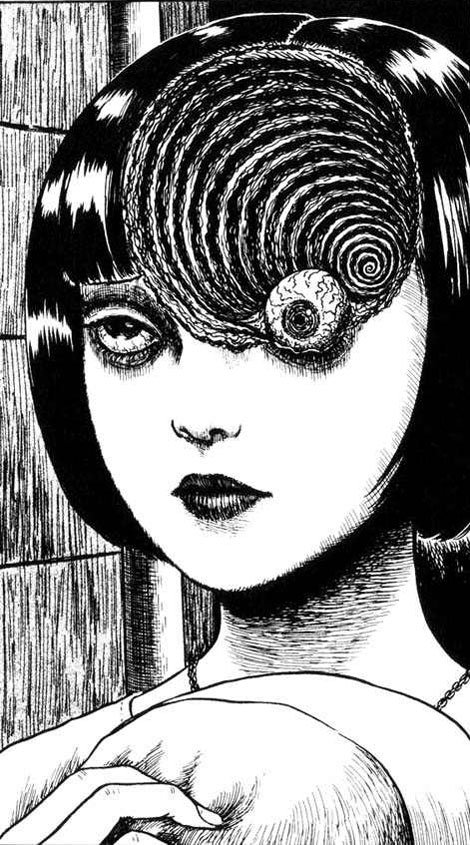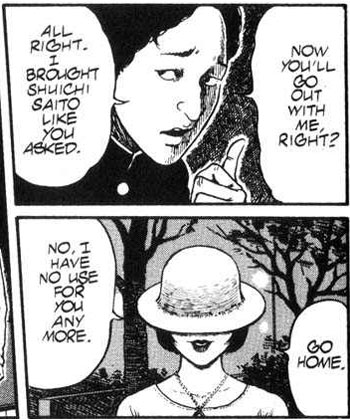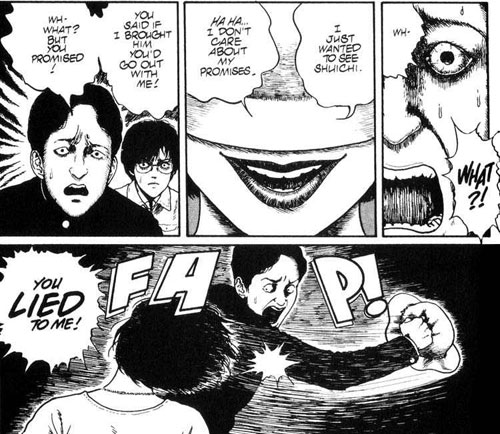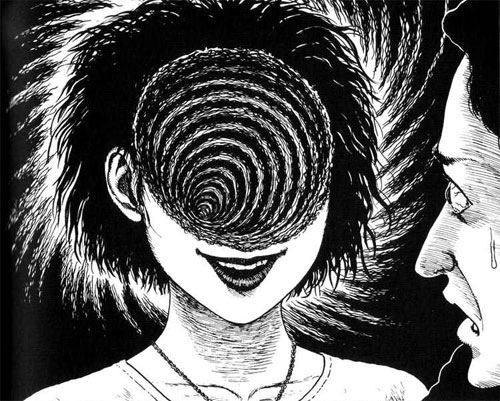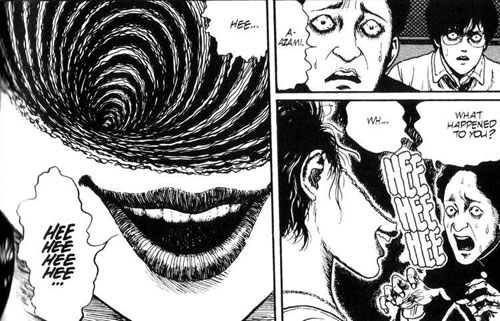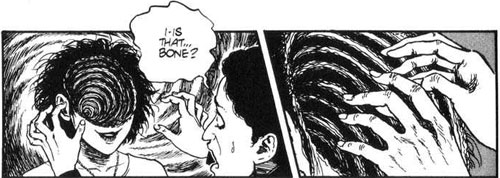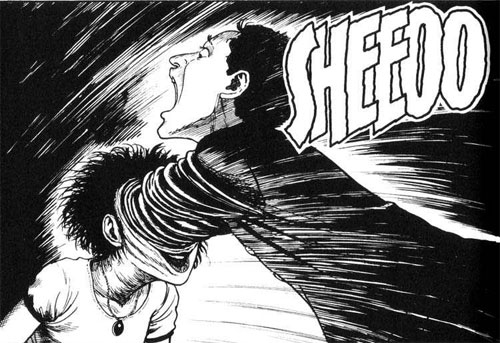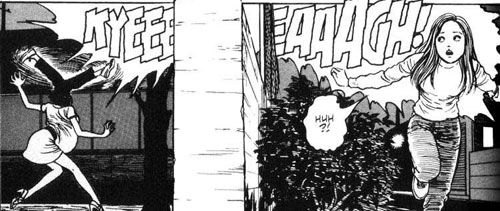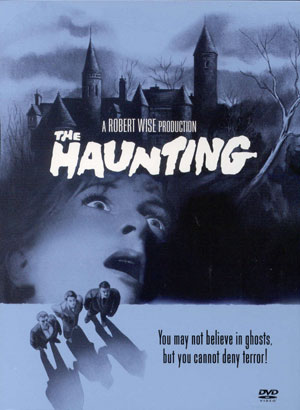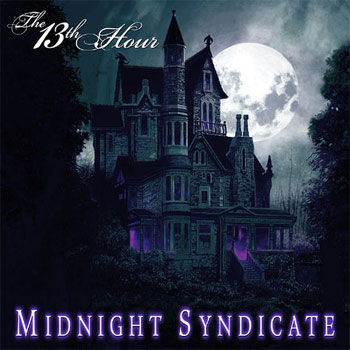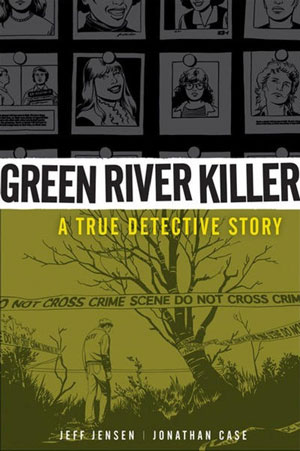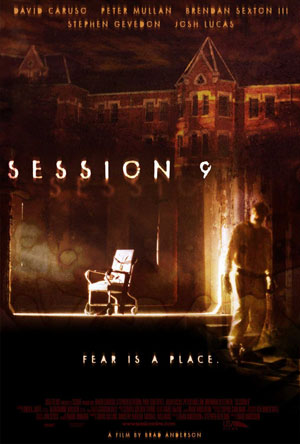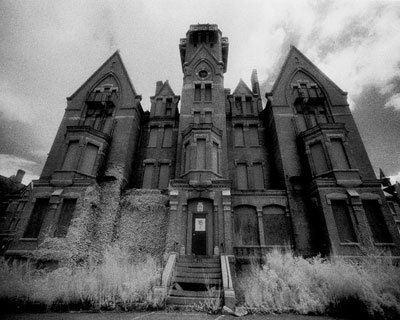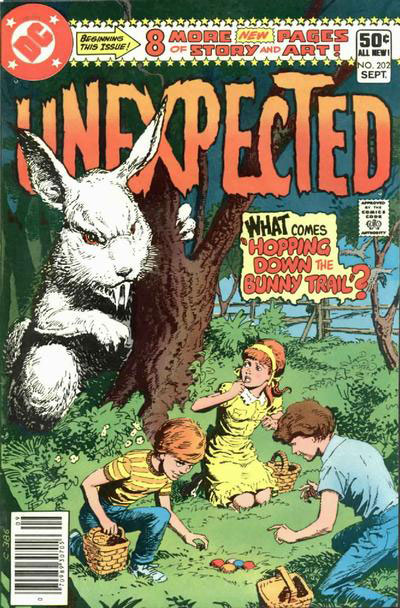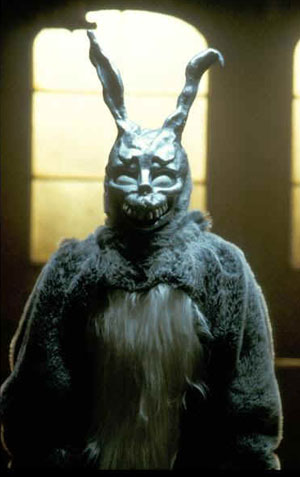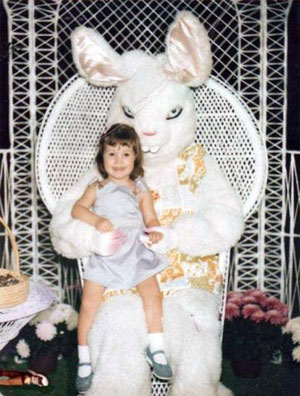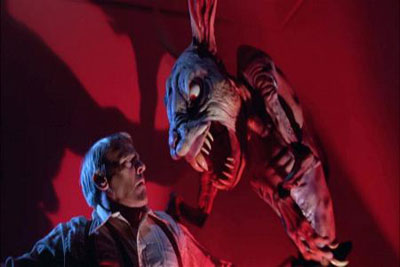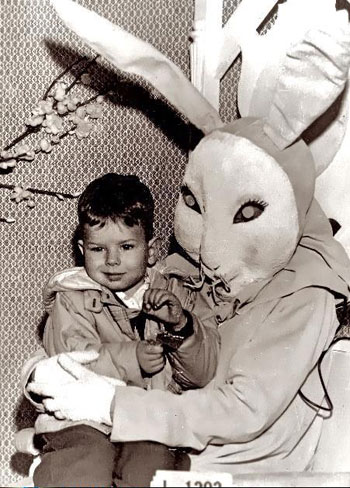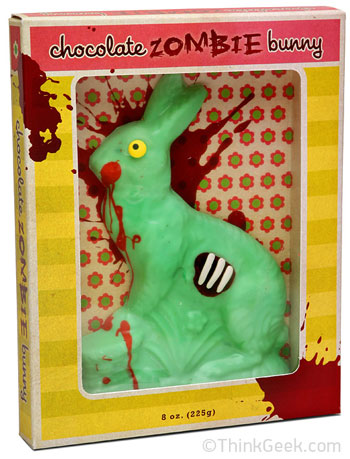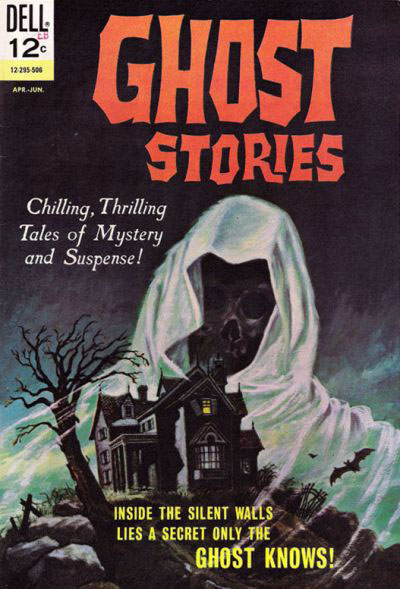Tricks, Treats, and Scares
Trick ‘r Treat
Just a day left ’til the best day of the year, so let’s get one more review done — namely for this, the best horror movie about Halloween ever made.
“Trick ‘r Treat” is a movie that many of you have never seen and many have never even heard of. Thank the studio for that — it was finished and in the can, but got held back for two whole years ’til it was finally released direct-to-DVD. What can you say — sometimes, the studios are dumber’n stumps.
The film was written and directed by Michael Dougherty and produced by Bryan Singer. The stars included Anna Paquin, Brian Cox, Dylan Baker, and scads of others.
So what’ve we got here? It’s a good old-fashioned horror anthology — four different stories, all taking place in the same town on the same Halloween night. All of the stories are based around various important Halloween traditions — don’t blow out a jack-o-lantern before midnight, wear a costume, give candy to trick-or-treaters, and check your candy before you eat it — and about the dangers that can befall you if you break those traditions.
We get stories about a young couple — one a Halloween fan, the other a Halloween hater. We get a school principal who has some unusual holiday traditions to share with students. We get a bunch of kids playing a prank on an awkward friend and what they learn about the urban legend of the Halloween School Bus Massacre. We get a young woman hoping to lose her virginity on Halloween. We get the cantankerous old man who hates Halloween and how he deals with a persistent trick-or-treater. And wrapped in and around these stories is one recurring character — Sam, a little kid wearing a tacky orange clown suit and an ugly, ominous burlap sack over his head.
Verdict: Thumbs up. This isn’t the scariest movie in the world — in fact, it’s really fairly tame, as horror movies go. Not to say it doesn’t have its share of scary moments — but this movie doesn’t aspire to be “The Exorcist.” This one is basically a nice little love letter to Halloween.
It’s probably more accurate to call this a horror-comedy, as it has a lot of funny or at least morbidly funny moments. Probably the funniest episode is the one focusing on the principal, though that one has some really outstanding tension. All the rest have some great humor in them, just enough to give you a short break from the scares. Probably the most purely terrifying episode is the one featuring the Halloween School Bus Massacre, which mostly sets the humor aside in favor of giving you nightmares.
And the setting and mood help make this one a winner, too. This is set in a small Ohio town that manages to have the best dang Halloween celebrations I’ve ever seen, complete with huge, anarchic street festivals, costumed marching bands, people who decorate their yards with scarecrows and hordes of jack-o-lanterns, and more kids out trick-or-treating than I’ve seen in at least a decade. This is what I wish every Halloween could be like (minus the supernatural murders, of course), and watching it really hits you in the nostalgia-bone.
It’s a fantastic movie. Rent it, stream it, buy it, whatever you gotta do.
Comments off

